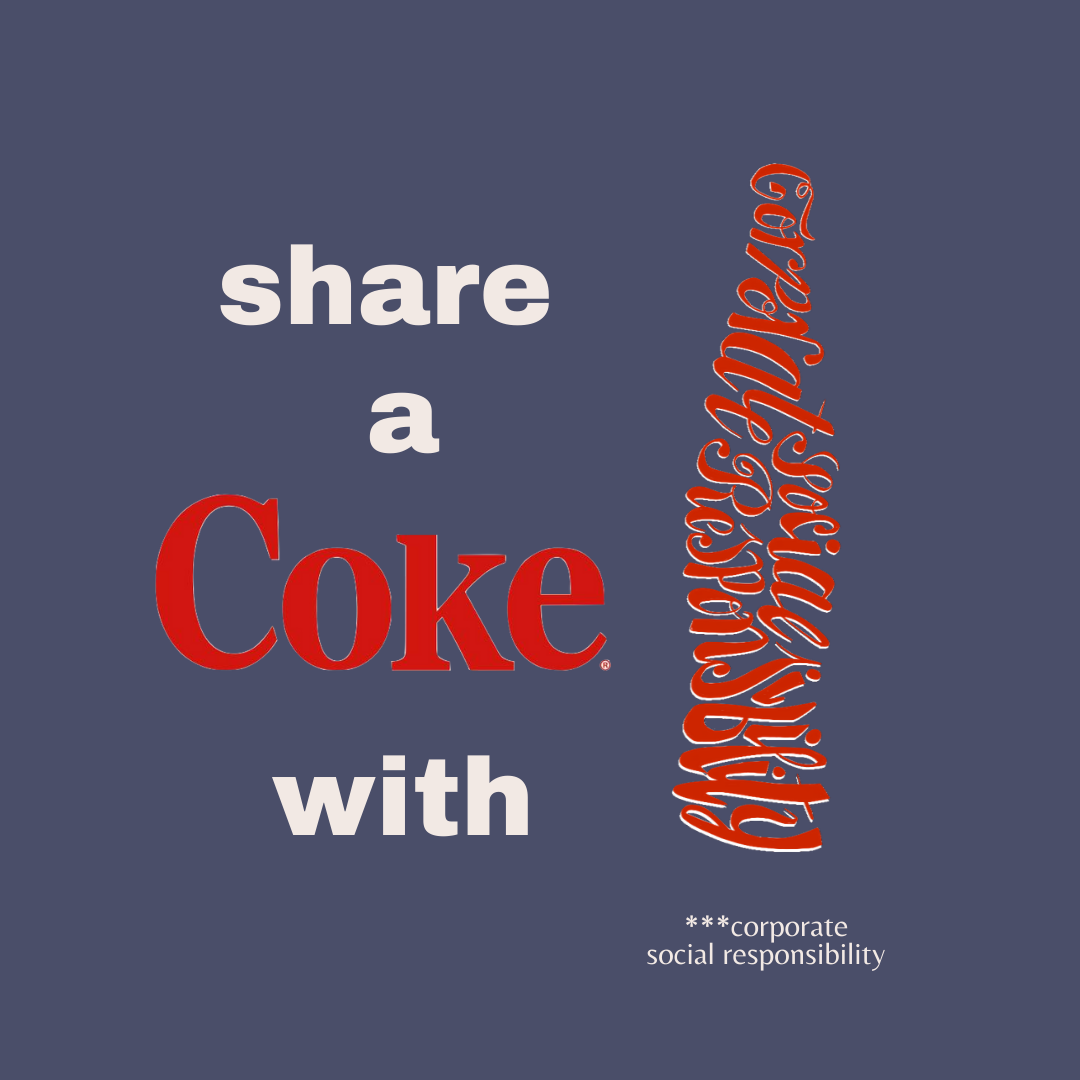As global awareness about climate change grows, businesses are making commitments to environmentally-friendly strategies. Part of that includes CSR sustainability programs.
From decreasing their carbon footprint to supporting nonprofits, companies frequently implement corporate social responsibility (CSR) programs in order to improve their image in the eyes of investors and customers, which in turn boosts profits.
But do CSR sustainability programs actually ‘make the world a better place’?
Busy? Here’s the speed read.
How it stands
- Companies frequently implement corporate social responsibility (CSR) programs (which include sustainability initiatives) in order to improve their image in the eyes of investors and customers, which in turn boosts profits.
- But it is unclear if CSR programs actually make the world a better place
- Most of the information about a company’s environmental footprint is only available through the company itself, presenting an obstacle to objective evaluation.
Examples
- Coca-Cola claims to have reduced the water footprint of their drinks. But their calculations do not include the water used in the supply chain that provides the ingredients and packaging for the final product.
- CSR programs (like Coca-Cola’s) often use offsets which instead of conserving limited resources lead to increased consumption.
- Unilever claims to use a scientific approach to sustainability, trying to reduce their own emissions instead of investing in offsets for carbon neutrality.
- More recently, Unilever announced the addition of carbon footprint labels on all products to increase transparency.
Bottom line
- While the effectiveness of corporate sustainability programs is mixed, the fact that sustainability is on their radar and part of their marketing strategy is a big step forward.
- Don’t take everything you hear at face value. Take a deep dive into a company’s sustainability practices and decide for yourself.
The Challenges of Evaluating Corporations’ Environmental Footprint
Most of the information about a company’s environmental footprint is only available through the company itself – casting a doubt on its reliability. Mistrust of corporations is justified. Tobacco companies suppressed evidence about the health risks of smoking. Food companies suppressed data showing how their products fueled the obesity epidemic and instead urged consumers to eat ‘healthy.’
Multiple metrics exist for assessing companies’ environmental performance, but none are completely comprehensive. The Carbon Disclosure Project (CDP) promotes transparency by encouraging companies to report their emissions for assessment and ranking. Corporate Knights, a media and research company that promotes sustainability, also publishes the Global 100, a list of the 100 most environmentally and socially responsible companies. Dow Jones has a sustainability index that selects and aggregates the most sustainable companies based on their environmental performances.
Coca-Cola and Unilever have received wildly different rankings and publicity for their sustainability practices. While Unilever ranks 65th on the Global 100 list, leads the Dow Jones Sustainability Index, and features on the CDP A List in Climate Change, Forests and Water Security, Coca-Cola receives constant criticism for its environmentally harmful behavior. So, how do their sustainability programs compare?
Are Coca-Cola’s New Sustainability Goals Effective?
Coca-Cola has a history of unethical and environmentally harmful behavior. In San Cristóbal, Mexico, Coca-Cola extracts 300,000 gallons of water a day. Meanwhile, residents lack access to clean drinking water. The most affordable and available alternative for residents is Coca-Cola sodas, which have fueled diabetes in the community. Similar injustices continue in Michigan, India, and around the world.
Nevertheless, Coca-Cola outlined an impressive set of sustainability goals. For example, the corporation aims to recycle a bottle or can for each one they sell by 2030, replenish 100% of the water used in their drinks, and reduce 25% of the carbon footprint of a drink by 2020. While these goals seem impressive, they miss the mark.
Coca-Cola claims to have reduced the 2.7 liters of water required per liter of product to 1.92 liters of water. One liter is the product itself and the remaining water is “used in the manufacturing process, mostly for keeping equipment clean.”
But this calculation does not include the water footprint of the supply chain that provides the ingredients and packaging in the final product. A 2008 Coca-Cola study found that 35 liters of water are used to make every half-liter of Coke in Holland, with 28 liters accounted for just by the sugar beets which sweeten the beverage.
Therefore, Coca-Cola’s purported water footprint is a mere fraction of the actual footprint. And Coca-Cola is not the only company that misrepresents facts. Many companies present figures that support easily attainable but ineffective sustainability goals to improve their public image.
Where CSR sustainability programs go awry
Another common feature of CSR sustainability programs is offsets. When Coca-Cola claims to replenish each drop of water it uses, the company financially supports organizations like the World Wildlife Fund and the Nature Conservancy’s efforts to expand access to clean water around the world.
While this seems benevolent, corporate offsets tend to encourage increased consumption of limited resources like water because offsets do not incentivize companies to reduce their own consumption and waste. (Reduction is a key tenet of sustainability!)
Moreover, the effectiveness of these projects is not always clear. Coca-Cola claims in its 2019 Business and Sustainability Report, it supported 13 billion liters of water replenishment in India since 2009. But the company provides scant details on the calculations or specific projects behind those numbers.
Has Unilever Cracked the CSR Sustainability Code?
Unilever in contrast claims to use a scientific approach to sustainability. To achieve the goals of the Paris Climate Accord, Unilever aims to halve greenhouse gas emissions of products and source 100% of its energy renewably by 2030.
Unilever claims to avoid offsets for carbon neutrality and tries to reduce emissions instead. And the company has prioritized the earth for a decade since Unilever launched its first sustainability plan in 2010.
In June 2020, Unilever announced the addition of carbon footprint labels to all products to increase transparency.
As far as corporations go, Unilever is transparent about their performance. The company’s website reports progress on sustainability goals and the company is transparent about the goals they are not meeting.
Additionally, Unilever works with PwC to ensure and create effective standards. However, Unilever does set its own sustainability metrics without regulation from an environmental authority.
CSR programs are better than nothing
While the effectiveness of CSR sustainability programs is mixed, the fact that corporations are including sustainability in their sustainability is on corporations’ radar and part of their marketing strategy is a big step forward. But don’t take everything you hear at face value.
If you want to know about a company’s environmental footprint, take a deep dive into their sustainability practice. Scrutinize their policies. At the end of the day, corporations are for-profit institutions that want you to buy their products, no matter how they sugar coat it.













No Comments